Just like people, horses can suffer from a variety of illnesses and health conditions.
While some are mild and easy to treat, others can become serious if not caught early. As a horse owner, being able to recognize the signs of common equine diseases—and knowing what steps to take—can make a big difference in your horse’s recovery and long-term health.
In this article, we’ll cover some of the most common equine diseases, their signs, and how to manage or prevent them. Staying informed and alert is key to keeping your horse healthy and happy.
1. Colic
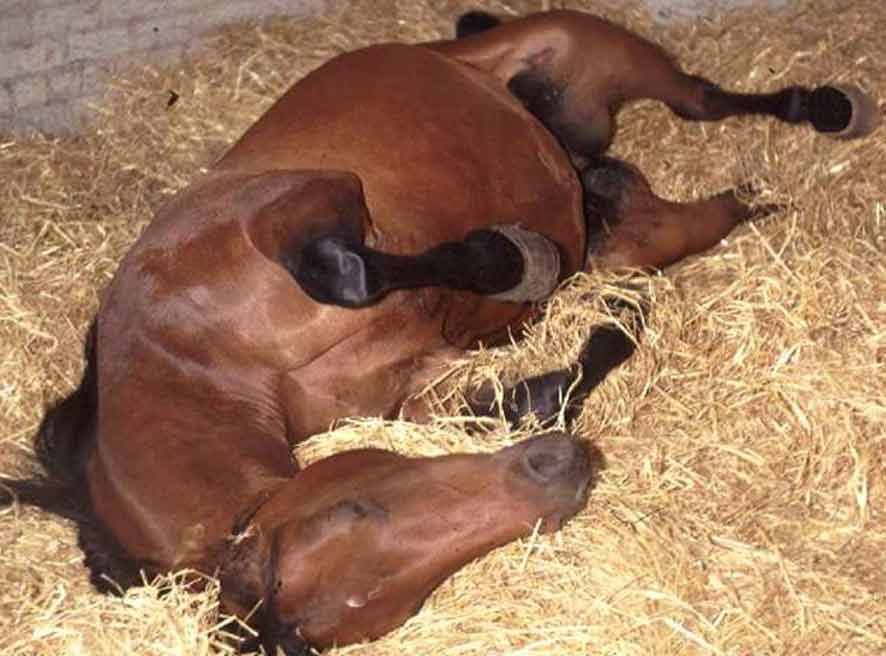
What it is:
Colic is not one single disease but a general term for abdominal pain in horses. It can range from mild gas buildup to serious intestinal blockages or twists.
Common signs:
- Pawing at the ground
- Looking at or biting the belly
- Rolling or lying down more than usual
- Loss of appetite
- Little to no manure
What to do:
- Call your vet immediately—colic can become life-threatening quickly.
- Walk your horse slowly to keep them calm (if safe to do so).
- Avoid giving food or water until a vet gives instructions.
Prevention tips:
- Provide clean water and regular feeding times.
- Avoid sudden changes in diet.
- Make sure your horse has access to quality forage.
2. Laminitis (Founder)
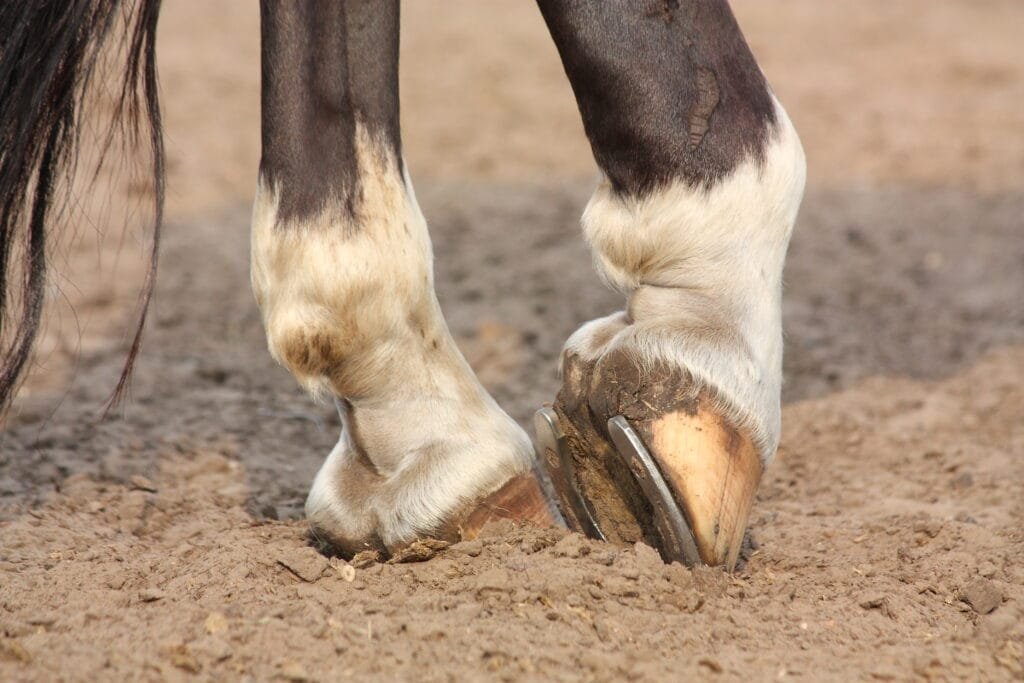
What it is:
Laminitis is a painful inflammation of the tissue (laminae) in the horse’s hoof. It can result in long-term damage or even permanent lameness.
Common signs:
- Reluctance to move or walk
- Shifting weight from one foot to another
- Standing with the front legs stretched forward
- Warm hooves or a strong digital pulse
What to do:
- Call a vet as soon as symptoms appear.
- Confine the horse to a soft, supportive surface.
- Medication and corrective shoeing may be needed.
Prevention tips:
- Manage your horse’s weight carefully.
- Avoid overfeeding rich grass or grain.
- Regular hoof care and farrier visits.
3. Equine Influenza
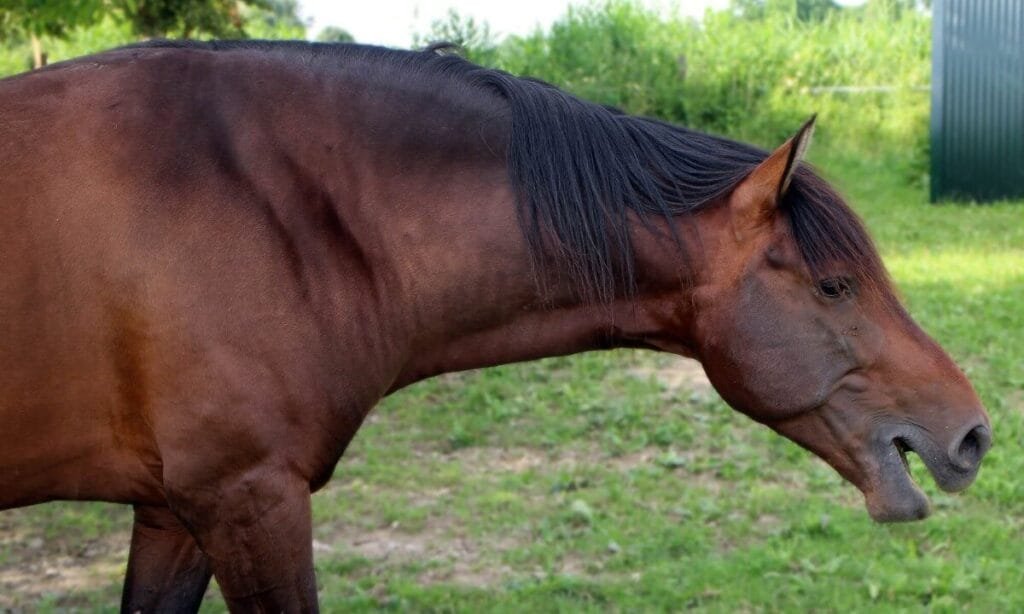
What it is:
A highly contagious viral respiratory disease, especially common in horses that travel or are around other horses frequently.
Common signs:
- Fever
- Coughing
- Nasal discharge
- Loss of energy or appetite
What to do:
- Isolate sick horses to prevent spread.
- Rest and hydration are key—avoid exercise.
- A vet may recommend anti-inflammatory medication.
Prevention tips:
- Keep up with vaccinations.
- Avoid sharing equipment between horses.
- Quarantine new arrivals to the stable.
4. Strangles
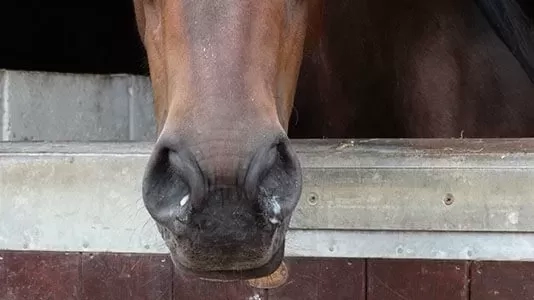
What it is:
A bacterial infection that causes swollen lymph nodes, usually around the throat area. It spreads easily between horses.
Common signs:
- Fever
- Nasal discharge
- Swollen or abscessed lymph nodes
- Difficulty swallowing or breathing
What to do:
- Isolate infected horses immediately.
- Your vet may drain abscesses and prescribe antibiotics.
- Keep the infected area clean and disinfect stalls, tack, and tools.
Prevention tips:
- Follow quarantine procedures for new or returning horses.
- Maintain a clean environment.
- Consider strangles vaccination, especially in high-risk barns.
5. Equine Cushing’s Disease (PPID)

What it is:
A hormonal disorder that mostly affects older horses. It’s caused by a tumor on the pituitary gland and leads to hormone imbalances.
Common signs:
- Long, curly coat that doesn’t shed properly
- Increased thirst and urination
- Muscle loss, especially along the topline
- Lethargy and risk of laminitis
What to do:
- A vet can confirm diagnosis with a blood test.
- Daily medication (like pergolide) is commonly prescribed.
- Special care with diet and hoof management.
Prevention tips:
- There’s no way to fully prevent Cushing’s, but early diagnosis helps manage it well.
- Regular check-ups are essential for senior horses.
6. Rain Rot (Dermatophilosis)
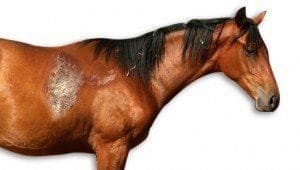
What it is:
A bacterial skin infection that appears during wet or humid weather. It causes scabby lesions, especially along the horse’s back.
Common signs:
- Raised, crusty scabs on the skin
- Hair loss in affected areas
- Sensitive or sore to touch
What to do:
- Remove scabs gently and clean the area with antibacterial solutions.
- Keep your horse dry and well-groomed.
- In severe cases, your vet may prescribe antibiotics.
Prevention tips:
- Provide shelter during rainy weather.
- Regular grooming helps catch skin issues early.
- Don’t share grooming tools between horses.
Final Thoughts
Being aware of the signs of common equine diseases is one of the best ways to protect your horse’s health. Quick action and good daily care make a huge difference in both recovery and prevention. Keep an eye on your horse’s behavior, appetite, and energy levels—small changes can be early signs that something’s wrong.
Regular vet checkups
Good hygiene practices
Proper nutrition
Timely vaccinations
… are all part of a strong preventative care routine.
Remember, your horse depends on you to notice the little things—and with the right knowledge, you’ll be ready to help when they need you most

